Inside the Vatican’s real-life conclave to replace Pope Francis
With just one working lung, every cough or hospital admission for Pope Francis, 88, sparks alarming headlines around the globe. As the film Conclave gathers Oscar steam, we investigate real-life preparations for a papal election.

The call from bestselling British novelist Robert Harris came out of the blue: “I write fiction but my project is extremely serious, can you help me?”
It was mid-2015 and Italian investigative journalist Maria Antonietta Calabro was working in Rome when Harris sent a formal request asking if she could facilitate an early morning visit to the Vatican.
“His list was very precise: the Domus Sanctae Marthae, the offices of some of the most senior curia including the dean of the college of cardinals and the secretary of state along with St Peter’s Basilica, the Sistine Chapel and the Vatican gardens, of course,” says Calabro, author of The Throne and the Altar: War in the Vatican published in Italy in 2024.
“I remember being very surprised by the subject of his research – the conclave. Francis had been Pope for less than two years, although at the time there were rumours swirling worldwide that he was ill and likely to die soon … perhaps there is some truth in the old Italian saying that if you talk about someone’s death, it lengthens their life.”
Conclave screenwriter defends movie following 'anti-Catholic' criticismMedia personality Megyn Kelly hit headlines over the weekend when she took to X and called the acclaimed film "the most disgusting anti-Catholic film I have seen in a long time" and cast "shame" on its stars Ralph Fiennes, Stanley Tucci and John Lithgow. After winning the Best Screenplay award at the Golden Globes on Sunday, screenwriter Peter Straughan addressed the criticism in an interview backstage with Variety. Noting he hadn't heard the comments directly, Straughan said, "I don't think the film is anti-Catholic. I was brought up Catholic. I was an altar boy."
Nearly a decade has passed and Harris’s thriller – titled, unsurprisingly, Conclave – has been turned into a film, released worldwide just weeks before Pope Francis celebrated his 88th birthday in December 2024.
Ralph Fiennes stars as the thoughtful, progressive dean of the college of cardinals who finds himself enmeshed in a murky web of curial politics and patronage, bribery and sexual intrigue.
Harris insists that despite any “superficial similarities”, the dead pope depicted in his tale should not be read as “a portrait of the current Pope”.
Yet a series of events has unfolded behind the Leonine Walls in past months that are just as intriguing and telling as those depicted in Harris’s fiction, offering a glimpse into the priorities and values of the next leader of the Catholic Church’s 1.4 billion faithful.
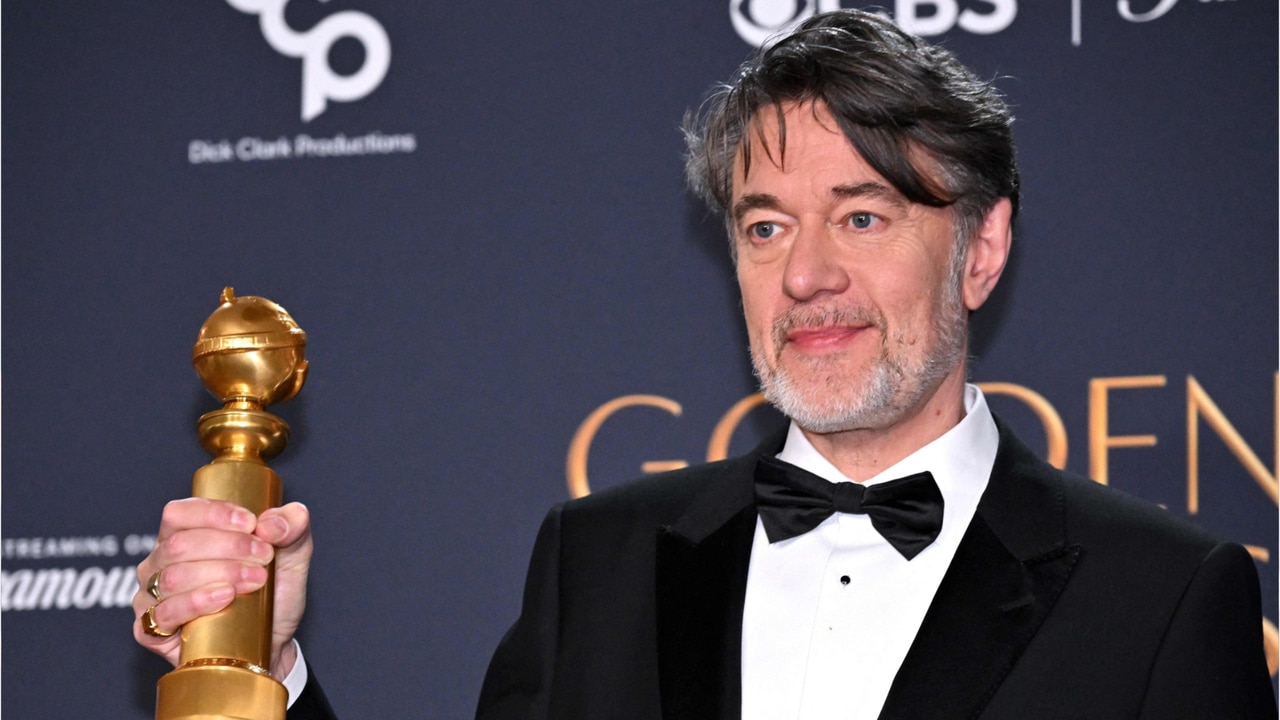
Pell leaves mark
Rewind two years almost to the day and some of the college’s most senior cardinals were gathered in St Peter’s Basilica in Rome to farewell one of their own, George Pell.
On January 11, 2023, just 24 hours after Pell’s sudden death following routine surgery, John Allen, editor of online Catholic magazine Crux, revealed that during one of their last conversations Pell had told him he believed Pope Francis was very ill and “we’d have a conclave before Christmas”.
Allen had been close to Pell since the latter’s time as archbishop of Sydney and, although the two men didn’t see eye to eye on many religious subjects, they dined regularly, speaking often and candidly about the affairs of the church.
At that time, it was no secret in Rome that Pell and several other cardinals had been meeting to discuss their common dissatisfaction with Francis, his style of pontificate and what they felt was a growing and urgent need to look forward and think seriously about the election of his successor, perhaps a pope more in the mould of John Paul II or Benedict XVI.
It was therefore not a complete surprise – even if the robust language left many speechless – that the day after Pell’s death it also was revealed that a blistering memorandum chastising Francis’s papacy and originally circulated anonymously among cardinals under the pseudonym “Demos” had in fact been his work.
The memo had been uploaded to the blog of influential and respected Italian journalist Sandro Magister – also a longtime friend of Pell – who said he no longer felt bound by the promise of anonymity after Pell’s death.
The document was divided in two parts; the first contained a savage critique of the pontificate, describing it as a “disaster and catastrophe” and the Vatican’s financial situation “grave”.
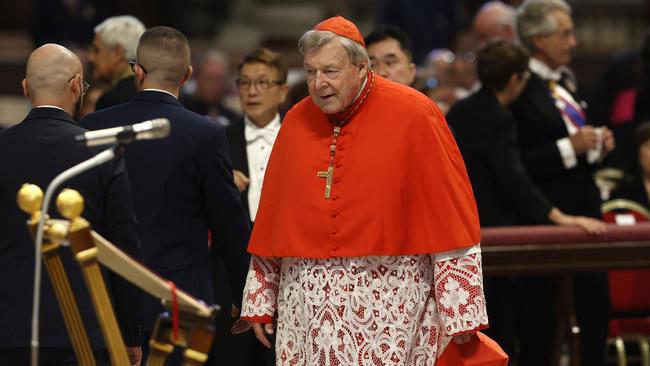
Warning signs
Pell warned that a “lack of respect for the law in the Holy See risked international scandal” and demanded due process for disgraced cardinal Angelo Becciu, then accused (and later sentenced) for financial crimes. (In his autobiography, Hope, published globally last week, Pope Francis described the financial corruption scandal centring on a property at Sloane Avenue in Chelsea, London, as one of the darkest moments of his papacy.)
Francis, Pell lamented, had progressively weakened the college of cardinals by his “eccentric nominations” and any new pope must believe the secret to Christian vitality lay in “fidelity to the teachings of Christ and Catholic practices”, not in “adapting to the world or from money”.
Pell also warned that as the newest crop of young clergy and seminarians was, in the main, orthodox and conservative, it was urgent and necessary that a new pope reject unacceptable doctrinal differences: “The morality of homosexual activity will be one such flash point,” he said. Doctrinal clarity in faith and morals was needed to stymie a growing schism between left and right, conservatives and progressives.
Even though Pell would not have been eligible to vote – cardinals over 80 cannot participate in the conclave – he clearly believed he still might play a role as a kingmaker, urging his cardinal colleagues to look into the future to try to imagine or even conjure the next, ideal church leader.
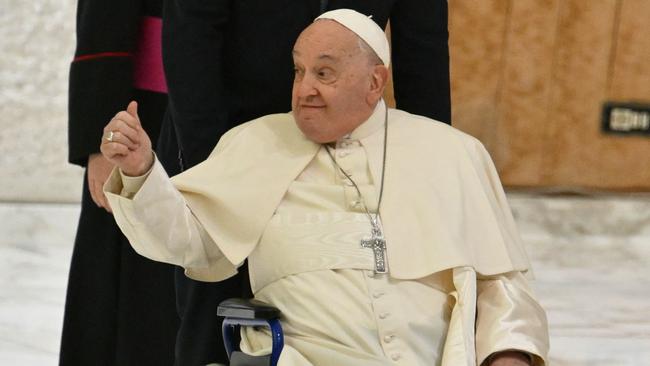
Of course, Francis has faced criticism from conservatives such as Pell since the beginning of his papacy, principally from cardinals in the US and Africa, who feared a shift too far on issues of capitalism, homosexuality, abortion and the role of women in the church.
In a largely liberal Europe however, led principally by progressive German and French cardinals, Pope Francis has been accused of precisely the opposite: that he isn’t liberal or forward-thinking enough. And it is from these quarters that he continues to face some increasingly serious challenges.
“Francis was elected to renew the Catholic Church,” Central Committee for German Catholics vice-president Thomas Soding told Politico in 2024. “But the Pope’s failure to bring about any meaningful change has left the church archaic and unfixed, forcing the Germans to try and beat their own path.”
Cardinal Reinhard Marx, Archbishop of Munich, for example, has played a key role in this debate, not only welcoming LGBTQ Catholics but expressing openness to the ordination of women.
Synodality process
Since then, progressive European Catholic factions have tried to harness the so-called synodality process, introduced by Francis to encourage a more consultative decision-making system within the church, seizing powers traditionally left to the ordained to change thinking, but were finally forced into a humiliating climbdown.
Described by some as “the greatest crisis since the Reformation”, these challenges, led by the Germans and Belgians, sent shockwaves through the church across the past two years, prompting further dire warnings of a Catholic schism.
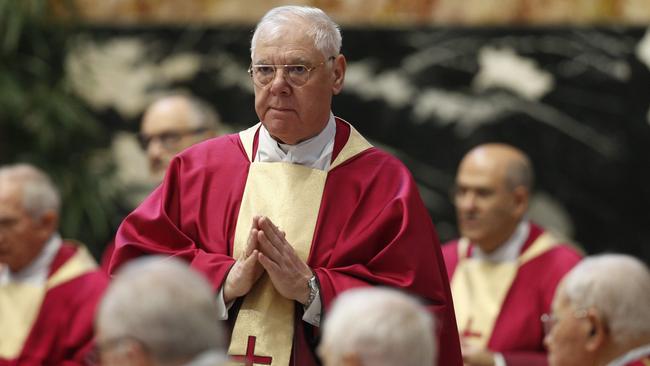
Not long after Pope Francis was rushed to hospital with a bout of flu in February last year, a second anonymous memo signed “Demos II” appeared, this one thought to be the work of a committee of cardinals riffing anonymously off Pell’s earlier musings.
Unlike his critique however, this document conceded, if somewhat begrudgingly, some positive aspects of this pontificate, from Francis’s concern for the weakest and poorest to his focus on the importance of environmental and natural resource issues.
Still, Demos II complained just as loudly of “autocratic and at times vindictive styles of governance”, of a “carelessness in matters of law” and an intolerance “for even respectful disagreement”.
Once again, Pope Francis stood accused of “ambiguity in matters of faith and morals and creating confusion among the faithful”.
In the cinematic Conclave, Fiennes, torn by his own crisis of faith, counsels the polar opposite as he delivers a thoughtful homily to his fellow cardinals before formally opening the papal voting process: “There is one sin which I have come to fear above all else … certainty. Certainty is the great enemy of unity and the deadly enemy of tolerance,” he says.
Calabro, whose investigative journalistic work led to the reopening of an inquest into the ostensible suicide in 1982 of Vatican banker Roberto Calvi, found hanged on London’s Blackfriars Bridge, says the film deals with complex dynamics of power and religious politics in ways that are “not only realistic but very, very real within the Vatican”.
“An unforgettable line for me in the film is: ‘It’s a conclave! No. It is a war and you must take sides.”
Key tradition
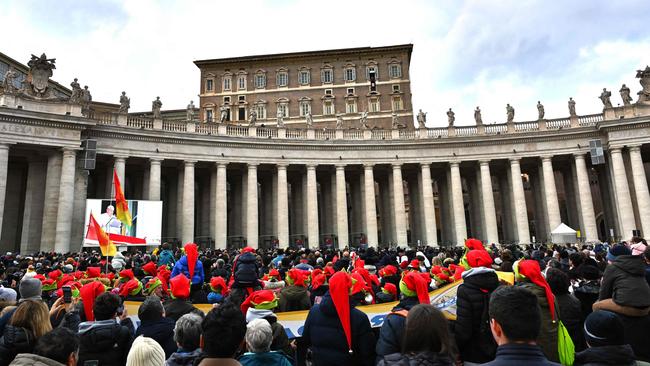
The word conclave stems from the Latin words cum clave, meaning “with key” – a reference to the way cardinals are sequestered to elect a new pope, ostensibly isolated and safe from external manipulation.
The tradition dates back to 1268 when after almost three years of deliberation cardinals couldn’t come to a decision, prompting Rome to hurry things up by locking them up and cutting their rations. Gregory X ruled this would become the rule and today the Sistine Chapel is swept for bugs and hidden cameras before the doors are sealed for the votes.
Just as is seen in the movie, counted votes are placed one by one in an urn, then mixed, counted, read out and three cardinals pass a thread and needle through each one. Each round of voting papers is burned but chemicals to create white smoke are used only once a two-thirds majority is reached and a new pope elected.
Oddly enough, the college of cardinals is not obliged to select the new pontiff from its own ranks, although it is a near certainty that it will do so at the next conclave.
Neither does the process abide by the apostolic constitution that governs papal elections – the Universi Dominici Grecis – which sets the maximum number of voting cardinals in a conclave at 120. Instead, this being ecclesiastical not divine law, the Pope is free to tweak the numbers to his will and discretion.
Popes generally have treated the 120 as a minimum, not a maximum, number, tending to appoint new cardinals in batches to replace colleagues whose birthdays push them out of the vote.
And, as with more earthly political leaders, this means they can at least try to stack the numbers with like-minded voters.
New blood
Last month, Pope Francis celebrated the 10th consistory of his pontificate just days before his 88th birthday, creating 21 new cardinals, among them five from Latin America and two from Africa. Surprise additions included an archbishop from Iran and the youngest of the new cardinals, Melbourne-based Ukrainian Bishop Mykola Bychok, 44. (The film also has a shock papal candidate emerging from a conflict zone.) Of the college of cardinals today, two-thirds are Francis’s choice with Europeans representing less than half (45 per cent) of the voting-age cardinals.
Shaping the conclave is, of course, an age-old papal tradition, but the lead-up to the next one is set to shatter many of the ancient norms of secrecy and mystery, possibly even reducing the odds of the election of an 11th-hour, cinematic-style dark horse aspirant.
Hot on the heels of the consistory in December, it was revealed that the college of cardinals had been thrust forcibly into the digital age with the launch of an interactive website, ostensibly a who’s who of all its members along with detailed profiles of 12 of the so-called papabili – the likeliest candidates to be elected the 267th successor of St Peter – and more to come.
Led by Vatican specialists Ed Pentin and Diane Montagna, and researched by an international team of journalists, the site also shows exactly where the cardinals stand on 10 of the most important issues facing the church (and society), from the blessing of same-sex couples and making priestly celibacy optional to communion for the divorced and remarried.
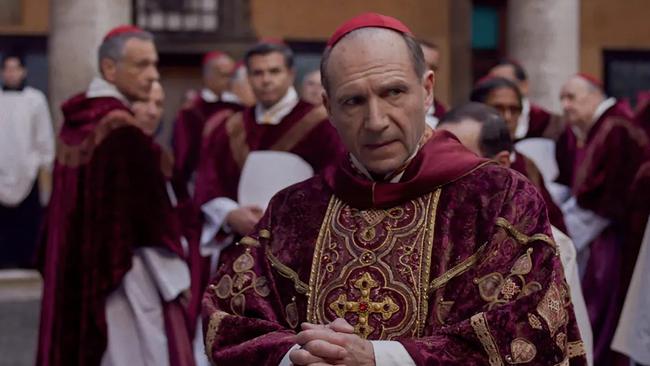
Unfamiliar territory
Historically, cardinals informed themselves of their colleagues’ characters and beliefs through private discussion and correspondence, but in the Middle Ages and Renaissance the number of cardinals was often no more than a dozen and most knew each other well.
As far back as the 1550s and possibly even earlier, public notices, precursors to newspapers, were posted in Rome, providing rudimentary detail on the leading candidates, but often this relied on rumour, not really a worthy informant. In later centuries, diplomats and other trusted scribes compiled more in-depth and reliable biographies known as tableau de cardinaux.
Pentin said these detailed manuscripts, which dated back to the 18th century, were simply predecessors of the 21st-century digital project: “Ironically today, despite copious information accessible on the internet and through a smartphone, this kind of detailed and reliable research is harder to find and so in greater demand than it was 500 years ago.”
Pope Francis stopped holding regular consistories with his cardinals – apart from the ceremony for new appointments – after the one held in February 2014, when he entrusted the keynote address to Cardinal Walter Kasper, a vocal supporter of scrapping the ban on communion for the divorced.
The speech, which also was leaked to an Italian newspaper, sparked an immediate and ferocious public rebellion from 13 senior conservative cardinals, among them Italian Angelo Scola, American Raymond Burke and Pell. This debate lasted several months, infuriating Francis – and no consistory worthy of the name has been called since.
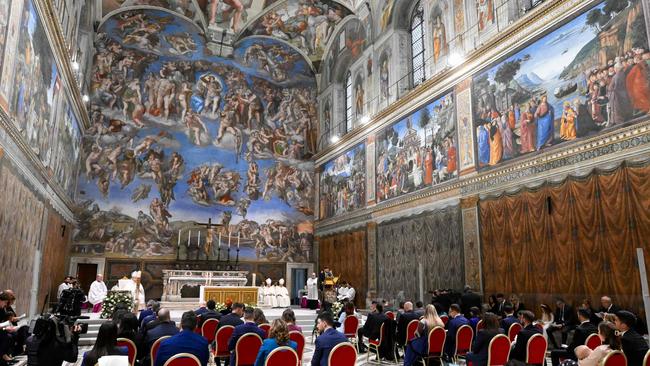
Vatican observers say cardinals now have very few opportunities to meet and get to know each other, a reality exacerbated by geography as most of the recently created cardinals come from what Pope Francis describes as periphery locations.
Indeed a papal focus on Italy or Europe would be a historical anachronism as more Catholics now attend Sunday mass in Nigeria than in all of Western Europe.
Two-thirds of the world’s 1.3 billion Catholics live outside the West, a ratio that will rise to three-quarters by the middle of the century.
“It seems extraordinary that in this globalised, information age the cardinals themselves have so little knowledge of one another,” Pentin observed.
For Pope Francis, growing doctrinal tensions between a predominantly liberal Europe and an increasingly conservative global south have forced him into a place of paralysis, caught by conservatives demanding a return to tradition and pledging change to the left that he cannot deliver.
“No sane man would want the papacy,” Stanley Tucci, playing a thwarted papal contender, says in Conclave.
“The men who are dangerous are the ones who do want it,” a rival responds.

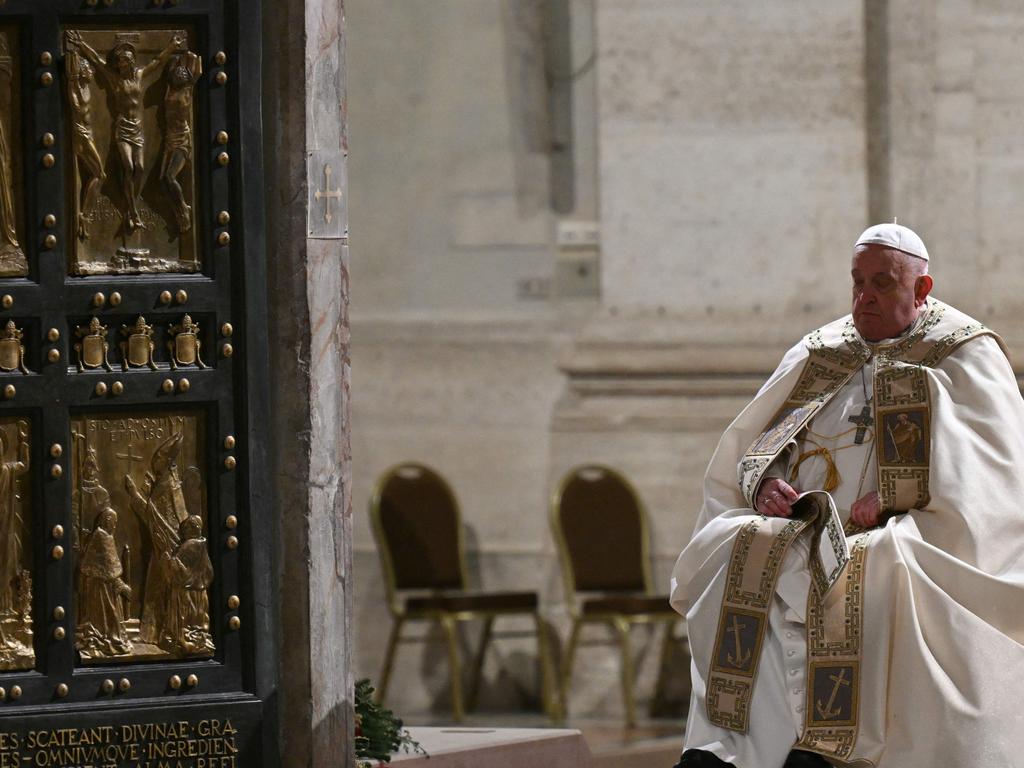
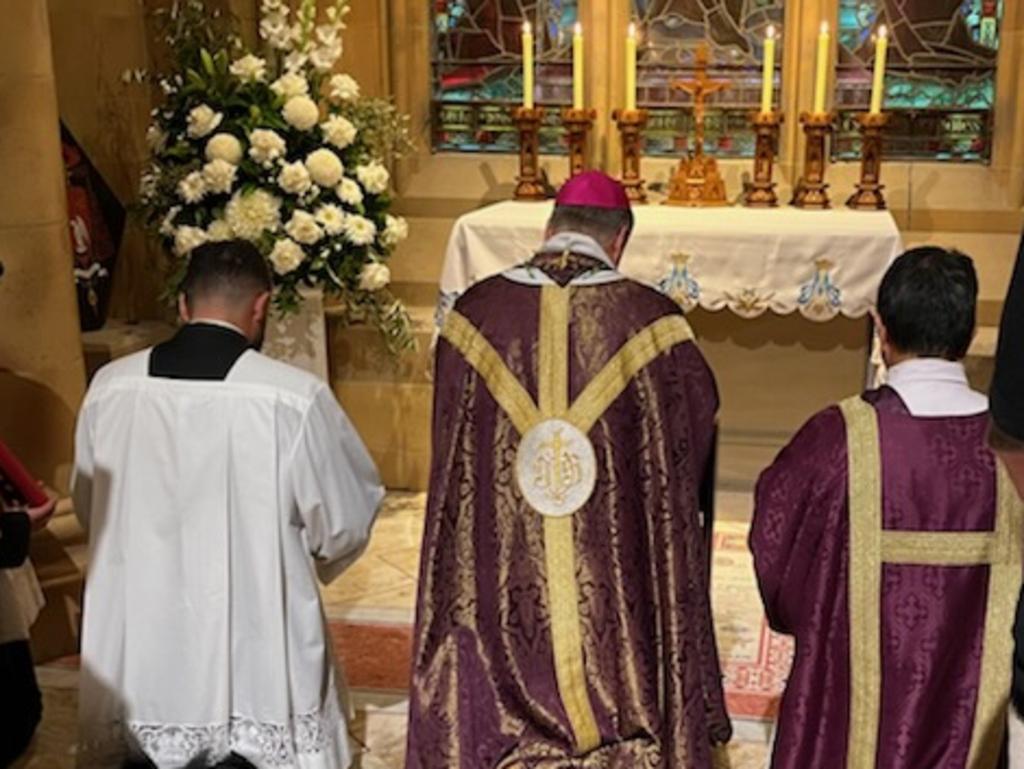
To join the conversation, please log in. Don't have an account? Register
Join the conversation, you are commenting as Logout